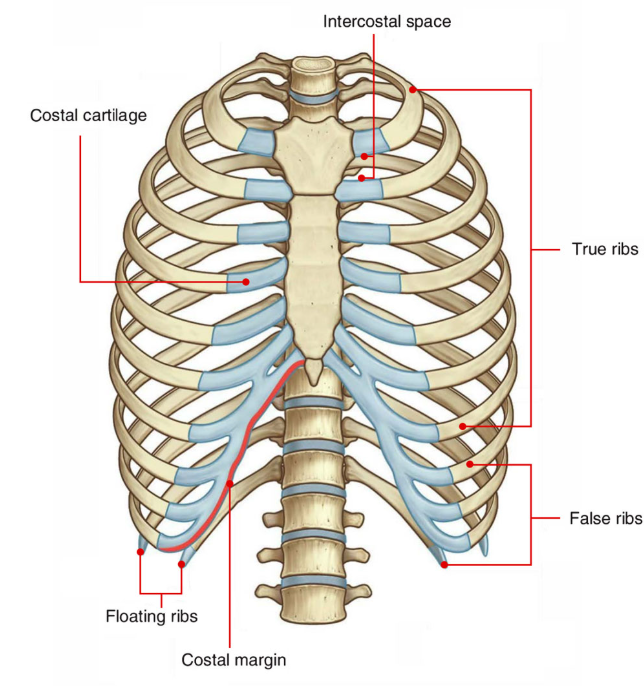Vertebrae Types, Cartilage, and Spaces
1/5
Earn XP
Description and Tags
Axial Skeleton Special Structure
Name | Mastery | Learn | Test | Matching | Spaced |
|---|
No study sessions yet.
6 Terms
Atlas (C1)
The first cervical vertebra, known as the atlas, supports the skull and allows for the nodding motion of the head. It has a unique ring-like structure and lacks a body, facilitating the connection between the skull and the spinal column.
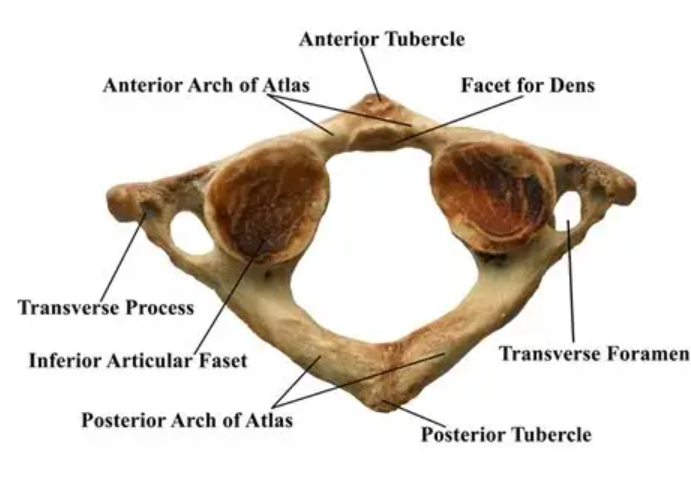
Axis (C2)
The second cervical vertebra, known as the axis, features a dense odontoid process (dens) that allows for rotation of the head, enabling side-to-side movement.
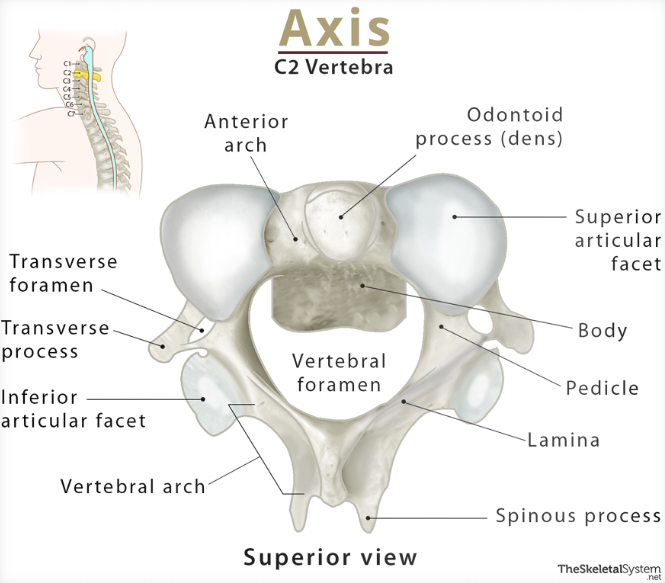
Coccyx
The tailbone, composed of fused vertebrae, is located at the base of the spinal column and provides structural support and stability to the pelvic area.
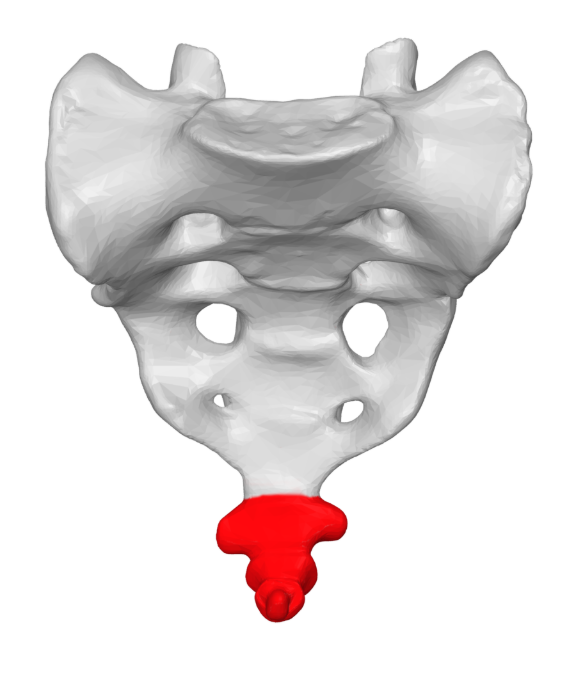
Vertebrae
The small, bony segments that make up the spine, providing structure and support to the body while allowing for flexibility and movement. They are categorized into cervical, thoracic, lumbar, sacral, and coccygeal regions.
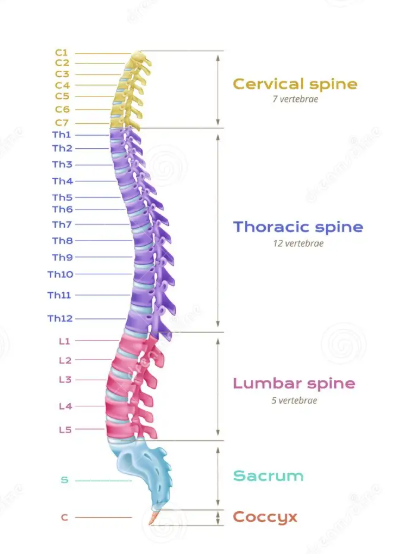
Costal Cartilages
The bars of cartilage that connect the ribs to the sternum, allowing for flexibility and expansion of the rib cage during breathing.
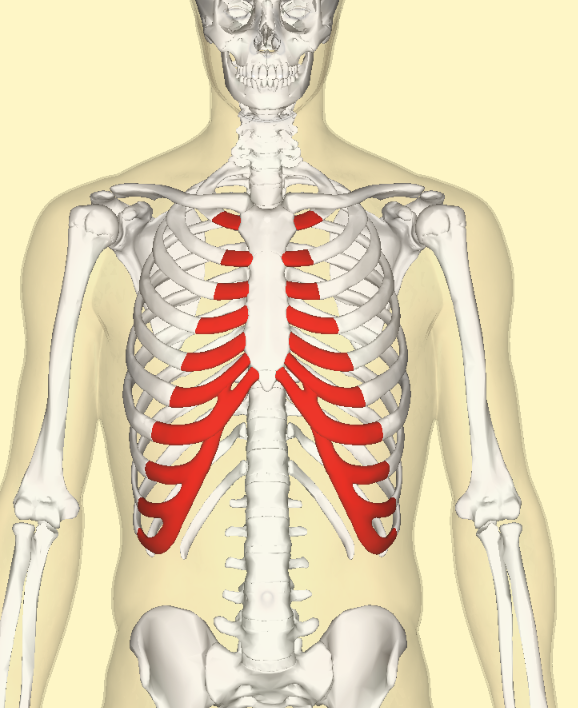
Intercostal Spaces
The anatomical spaces between adjacent ribs that contain muscles, nerves, and blood vessels, playing a crucial role in the mechanics of breathing.
